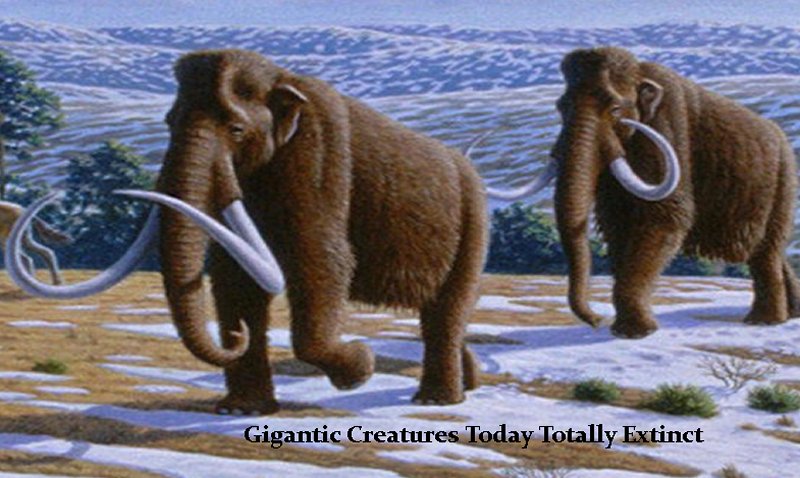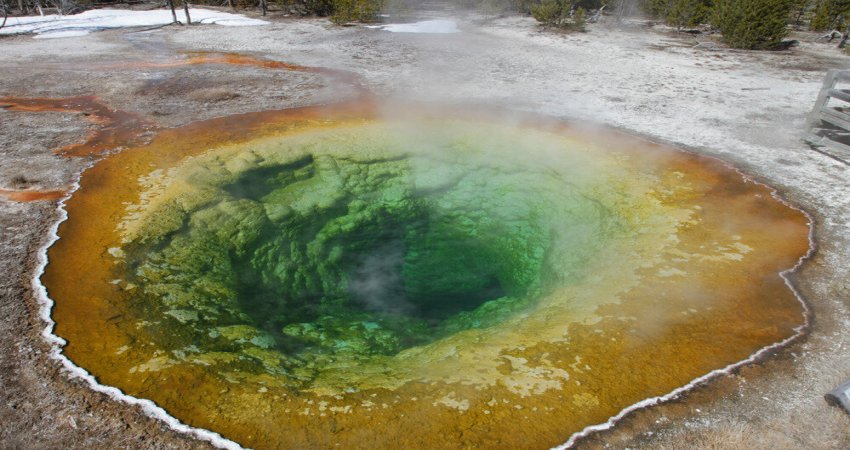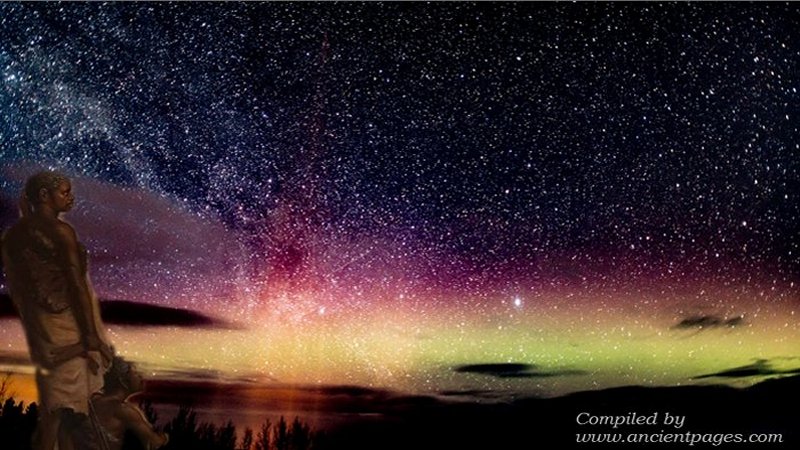Megafauna Did Not Decline Because Of Humans But Climate Change
Eddie Gonzales Jr. – MessageToEagle.com – The extinction of North America’s largest mammals was not driven by overhunting by rapidly expanding human populations following their entrance into the Americas, according to a new study.
Before around 10,000 years ago, North America was home to many large and exotic creatures, such as mammoths, gigantic ground-dwelling sloths, larger-than-life beavers, and huge armadillo-like creatures known as glyptodons.
But by around 10,000 years ago, most of North America’s animals weighing over 44 kg, also known as megafauna, had disappeared.
The new findings by researchers from the Max Planck Extreme Events Research Group in Jena, Germany, suggest that populations of large mammals fluctuated in response to climate change, with drastic decreases of temperatures around 13,000 years ago initiating the decline and extinction of these massive creatures.
The topic has been intensely debated for decades, but with a new approach, the researchers found strong evidence that climate change was the main driver of extinction.
Since the 1960’s, it has been hypothesized that, as human populations grew and expanded across the continents, the arrival of specialized “big-game” hunters in the Americas some 14,000 year ago rapidly drove many giant mammals to extinction.
Not everyone agrees with this idea, however. There is too little archaeological evidence to support the idea that megafauna hunting was persistent or widespread enough to cause extinctions.
Around the time of the extinctions (between 15,000 and 12,000 years ago), there were two major climatic changes. The first was a period of abrupt warming that began around 14,700 years ago, and the second was a cold snap around 12,900 years ago during which the Northern Hemisphere returned to near-glacial conditions.
See also:
“A common approach has been to try to determine the timing of megafauna extinctions and to see how they align with human arrival in the Americas or some climatic event,” says Mathew Stewart, from the Max Planck Extreme Events Research Group in Jena, Germany, and co-lead author of the study.
“However, extinction is a process — meaning that it unfolds over some span of time — and so to understand what caused the demise of North America’s megafauna, it’s crucial that we understand how their populations fluctuated in the lead up to extinction. Without those long-term patterns, all we can see are rough coincidences.”
The new findings show that megafauna populations fluctuated in response to climate change.
“Megafauna populations appear to have been increasing as North American began to warm around 14,700 years ago,” states Stewart. “But we then see a shift in this trend around 12,900 years ago as North America began to drastically cool, and shortly after this we begin to see the extinctions of megafauna occur.”
And while these findings suggest that the return to near glacial conditions around 12,900 years ago was the proximate cause for the extinctions, the story is likely to be more complicated than this.
“We must consider the ecological changes associated with these climate changes at both a continental and regional scale if we want to have a proper understanding of what drove these extinctions,” group leader Huw Groucutt, senior author of the study said, adding that “humans also aren’t completely off the hook, as it remains possible that they played a more nuanced role in the megafauna extinctions than simple overkill models suggest.”
Written by Eddie Gonzales Jr. – MessageToEagle.com Staff











